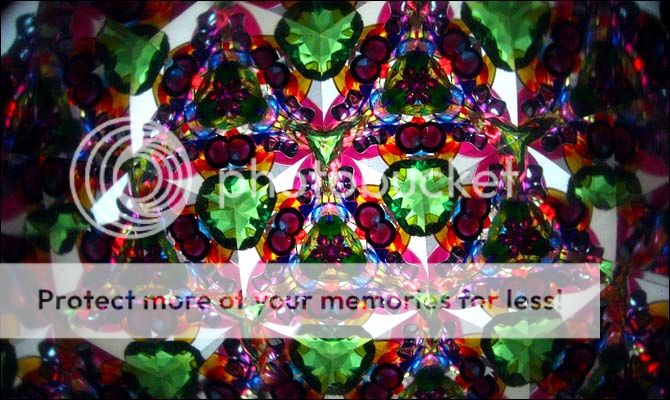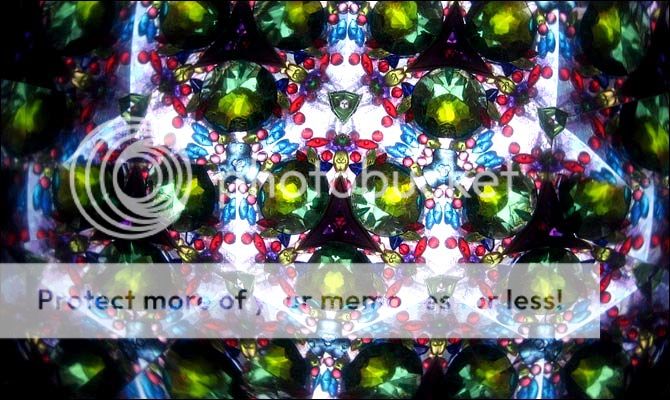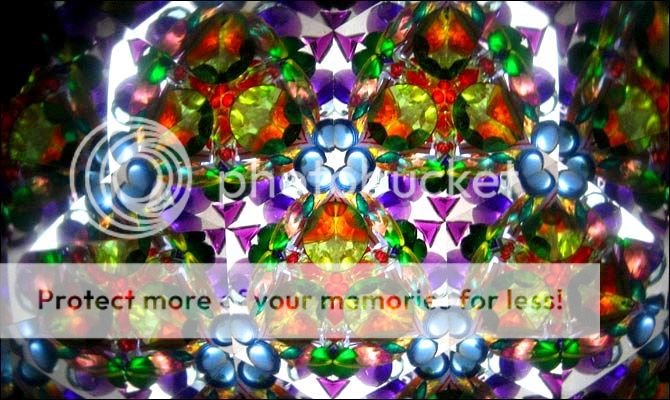Kaleidoscope Traditional Cache
-
Difficulty:
-

-
Terrain:
-

Size:  (small)
(small)
Please note Use of geocaching.com services is subject to the terms and conditions
in our disclaimer.
This corner of the Waterloo Moraine is scenic, especially in the summer and fall with all the leaves. When driving through it reminds me of a Kaleidoscope. Please replace the cache in an upright position. There is a small amount of room for trinkets and trackables.
A kaleidoscope is a cylinder with mirrors containing loose, coloured objects such as beads or pebbles and bits of glass. As the viewer looks into one end, light entering the other creates a colourful pattern, due to the reflection off of the mirrors. Coined in 1817 by Scottish inventor Sir David Brewster, "kaleidoscope" is derived from the Ancient Greek καλός (kalos), "beautiful, beauty", εἶδος (eidos), "that which is seen: form, shape" and σκοπέω (skopeō), "to look to, to examine", hence "observation of beautiful forms."
A kaleidoscope operates on the principle of multiple reflection, where several mirrors are placed at an angle to one another, (usually 60°). Typically there are three rectangular mirrors set at 60° to each other so that they form an equilateral triangle. The 60° angle creates seven duplicate images of the objects, five at 60°, and 2 at 90°. As the tube is rotated, the tumbling of the coloured objects presents varying colours and patterns. Arbitrary patterns shows up as a beautiful symmetrical pattern created by the reflections. A two-mirror kaleidoscope yields a pattern or patterns isolated against a solid black background, while the three-mirror (closed triangle) type yields a pattern that fills the entire field.




Additional Hints
(No hints available.)